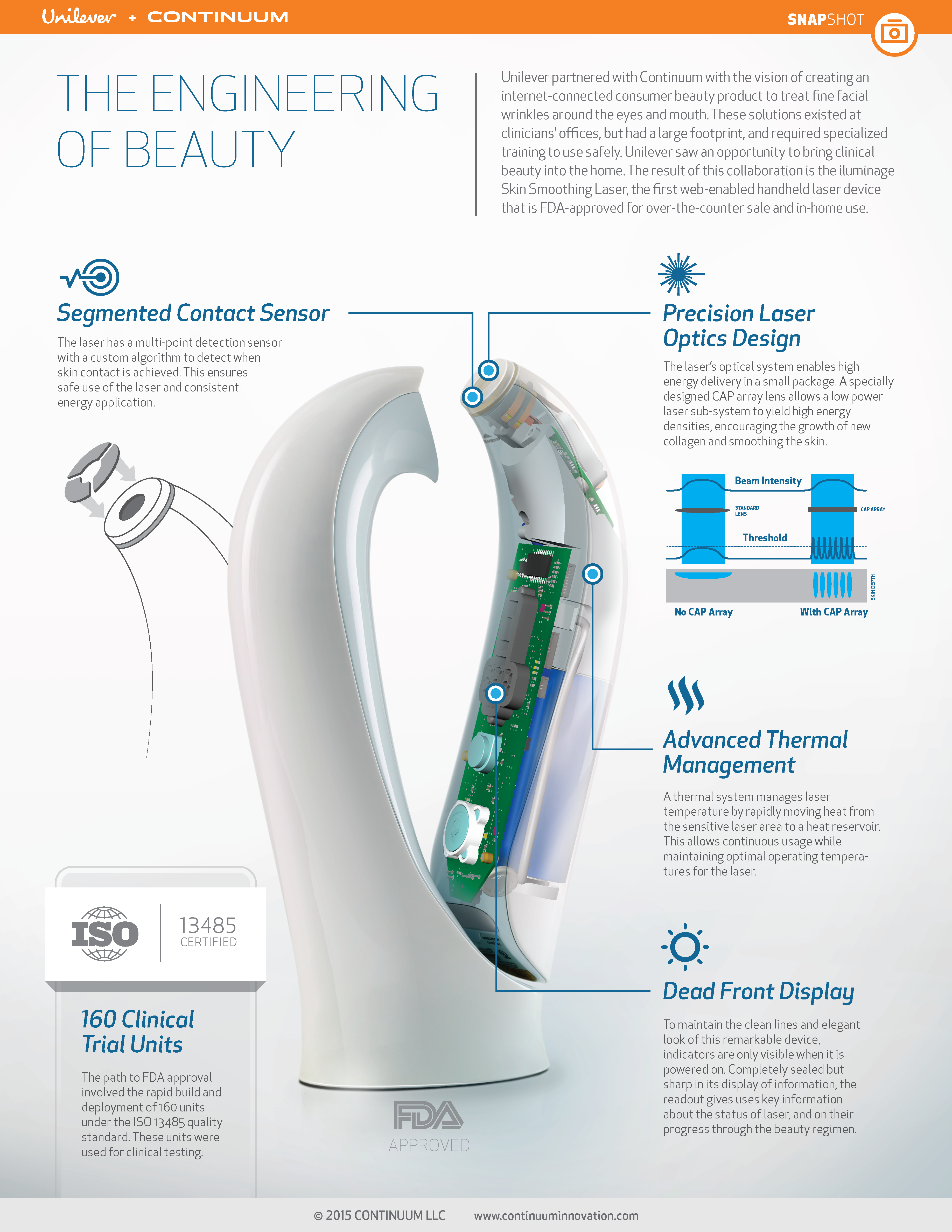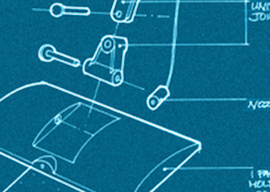In today’s highly competitive and rapidly evolving business environment, it’s commonly understood that success requires more than just designing a great product; you need to design the full product experience. To have a lasting, meaningful impact on consumers, products need to resonate with people holistically and emotionally. There is an entire experiential ecosystem that must be considered in order to create a successful product experience.
We all know the story…Apple was not the first to create an MP3 player. When the first iPod was released in 2001, there were many MP3 players on the market. However, Apple quickly became the market leader by designing a great product and an amazing service ecosystem around that physical product. Products increasingly need to evolve in this way, and become one component of an experiential system.
But with this focus on experience creation, have we started to forget about the magic and the power of design? I propose that products must be designed for an experiential ecosystem but, in the process of doing so, not lose their focus on the awesome power of emotionally compelling visual design.
Let’s return to our beloved iPod example. The visual design expression of that object was a critical component of the message that it sent to consumers. Its beautifully understated form featured a gloss white plastic front that was lovingly protected behind a crystal; like the face of a luxury watch. The back of the iPod was a carefully formed piece of stainless steel. The haptic feedback of the click wheel reminded consumers of manipulating a highly precise machined interface. And the simplicity of the overall form was a refreshing change in a world of visually boastful consumer electronics.
So how do designers accomplish this? What’s the secret to creating objects that we love, objects of desire? Here’s a peek behind the curtain. A hint of how the world’s top designers create magical design solutions that consumers have to have.
To illustrate it, we’ll explore the behind the scenes story of the iluminage Skin Smoothing Laser. This is a handheld laser device that can be used at home to address skin health and beauty, and reduce signs of aging. Of course, the full product and service system around it is a key component of its success. In fact, this is the world’s first meaningfully connected beauty product. Online coaching and support help consumers understand how to use it properly and track their progress. But what role did the visual design expression of the product play in its success?
Start With a Hypothesis
The key to designing successful product experiences is deep empathy and an ability to see through the eyes of consumers. And this can be challenging. Continuing the iluminage Laser example, the product targets women between 35-55 who have concerns about aging. How do you get into the hearts and minds of these individuals to understand the specific elements of design that will resonate with them? This is critically important for the success of the product. The wrong visual expression of the design could make women doubt the safety or effectiveness of the product.
To find the visual design target, we start with a hypothesis. In this case, ours was a sense that consumers would be skeptical about the safety of using an at-home handheld laser near their eyes. So perhaps it would be important to make the product look like a highly technical or medical device. To understand if this design hypothesis was correct, we established potential visual design attributes that would – through words – describe the product and provide us direction. The team then created “sacrificial visual concepts”. These are visual design embodiments of the product intended to provoke feedback and test the extremes of these attributes. These concepts ranged from very technical and medical to very cosmetic and personal—attributes we felt were at opposite ends of the spectrum yet both described the job this product needed to do.
Gain an Understanding of and Empathy for Your Target Customer
With a mission to improve peoples’ lives with the design work we do, empathetic research is an area of deep expertise for us. To know what will resonate, designers need to understand end consumers and get to this level of awareness by immersing themselves in their lives. Our team conducted one-on-one ethnographic research in the homes of women based in Boston, New York, and Los Angeles to gain a contextual understanding of their beauty routines and to share these intentionally response-provoking sacrificial design concepts.
From this research, we learned that our target user was very comfortable with the idea of using a laser device in her home. So it might not be important to have it feel and look like a medical device. What was more important to her was that it fit seamlessly into her life. She didn’t want a product on her bathroom counter that made people think she has a medical condition. Rather, it should fit into the context and the beauty of her home. We also learned that she needed to believe that it would be effective so it should concurrently appear professional. Thus we arrived at our targeted design attribute of “professional beauty.”
Translate into the Magic of Design
With our design target in mind, the team was able to begin to translate from words to visuals—we were working from a common vocabulary now.
This is really a moment of magic—there is something special in the way a designer sees and is able to translate from the design target (in words) to the tangible product expression. The materials, form, and technical components are chosen because they communicate the attributes that research had indicated consumers would respond to.
To augment this translation process, our design teams often create product experience metaphors. Metaphors that deliver on the targeted design attributes are a powerful way to inspire design. To encourage women to use the product daily, we wanted this experience to feel and look more like a piece of art in her home than a consumer product or a beauty treatment device.
Test the Visual Expression
Evaluating our design concepts to ensure they resonate with the target consumer is a critical step in the process. We created several visual expressions of the products and conducted one-on-one testing. The models that we created for testing were intended to probe on the degree to which we could emphasize the main design attributes—dialing up the “professional” feeling of one, and “beauty” of another, for example.
Continuum’s testing process is called resonance testing. It is not a preference test —we are not trying to understand which idea is statistically preferred over the other concepts. Rather, we’re trying to understand the “whys.” Why do certain visual design and experiential elements resonate more than others? This is why we conduct thorough one on one testing. This depth of feedback isn’t possible in a group setting. From our Resonance Testing on the laser concepts, we uncovered the most critical visual expression elements for the product.
Through refinements made by Continuum as well as our client and their manufacturer this became the Skin Smoothing laser you can find on the shelves of Nordstrom, Neiman Marcus, Sephora, Harrod’s, and other retailers in the US and Europe today.
Products—as objects—are one part of a larger experience ecosystem. In the case of the Skin Smoothing laser, it was envisioned to be sold in retail stores through a consultative sale. Additionally, the laser is a connected device and links to a personalized online profile and a user community website, where users can upload photos to track progress and get feedback on their treatments from licensed health professionals.
While many touchpoints converge to create ideal product experiences that will resonate with consumers, benefit their daily lives, and create value for business, a cornerstone of this work is rooted in the magic of the visual expression of design. Without creating a compelling and targeted visual expression, the product experiences are much less likely to emotionally connect with consumers.



